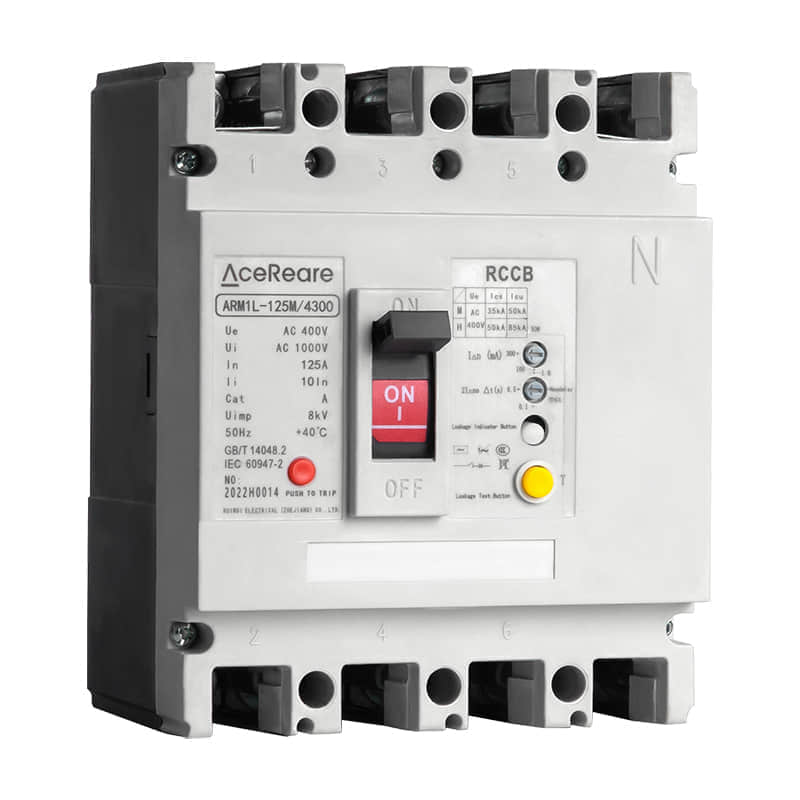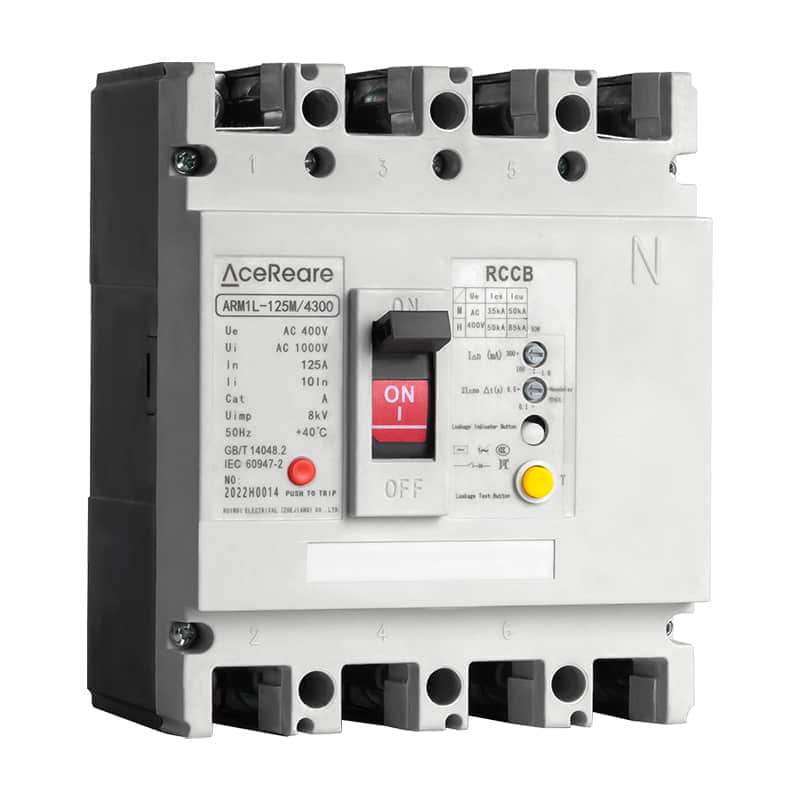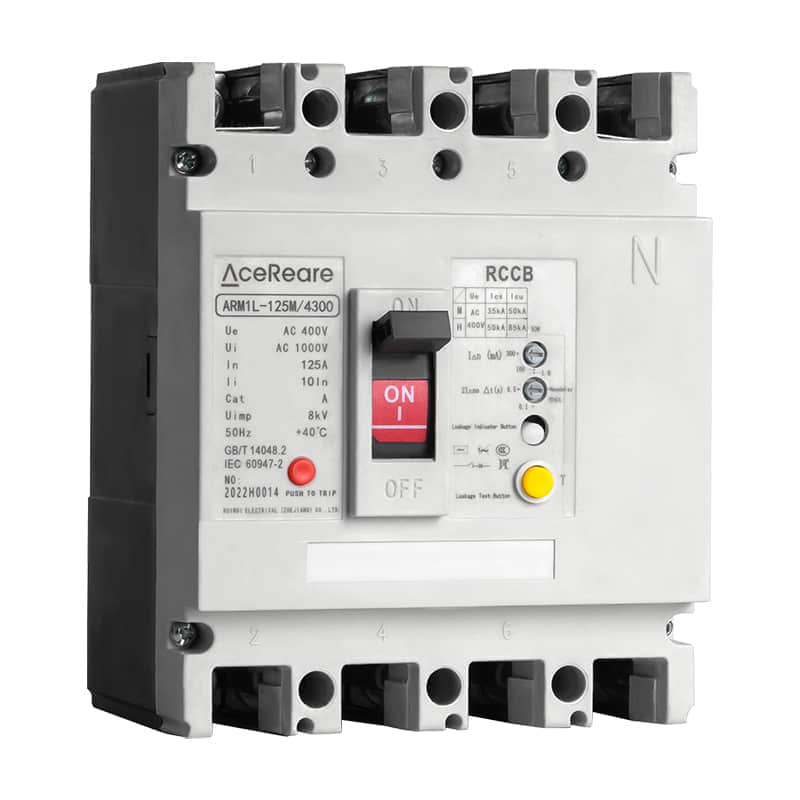In the realm of electrical systems and power distribution, safety stands as an utmost priority. As technology advances, so does our ability to enhance electrical safety measures. One such innovation that has greatly contributed to this is the Molded Case Circuit Breaker with Residual Leakage Protection. In this article, we will delve into the significance, functionality, and benefits of this advanced electrical component.

Understanding the Basics

Molded Case Circuit Breakers (MCCBs) are widely used for their ability to protect electrical circuits and equipment from overloads and short circuits. They interrupt the flow of current when abnormalities are detected, thus preventing damage and potential hazards. However, traditional MCCBs may not address an important aspect of electrical safety – residual leakage current. Residual leakage current is the small amount of current that flows from the electrical circuit to the ground due to insulation faults or other anomalies. This can pose serious risks, especially in situations where humans come into contact with faulty equipment. To combat this, the Molded Case Circuit Breaker with Residual Leakage Protection goes a step further by integrating residual current devices (RCDs) into its design. The Integration of Residual Leakage Protection Residual Leakage Protection involves the integration of an RCD within the MCCB. An RCD constantly monitors the current flowing in both the live and neutral wires of a circuit. If there is any discrepancy between the currents, even by a small margin, it indicates the presence of a leakage path. In such cases, the RCD trips the MCCB, swiftly cutting off the power supply and preventing potential electric shocks or fires. Advantages and Applications Enhanced Safety: The primary advantage of MCCBs with residual leakage protection is the significantly increased level of safety they offer. By swiftly detecting and isolating leakage current, they minimize the risk of electrical accidents and associated injuries. Fire Prevention: Residual leakage currents can lead to overheating and eventually cause electrical fires. The integrated protection not only safeguards against electrical shocks but also reduces the likelihood of fire hazards. Sensitive Detection: These advanced MCCBs can detect even small leakage currents, making them suitable for environments where human safety is critical, such as residential areas, hospitals, and industrial sites. Compliance: Many electrical safety standards and regulations now require the use of residual current protection in specific applications. MCCBs with integrated RCDs help meet these requirements efficiently. Reduced Downtime: In case of a fault, MCCBs with residual leakage protection offer quicker response times. This reduces downtime as the faulty circuit is isolated swiftly, enhancing overall system reliability. Installation and Maintenance Installing MCCBs with residual leakage protection follows similar procedures to traditional MCCBs. However, periodic testing and maintenance of the RCD function are crucial to ensuring ongoing effectiveness. Regular testing routines can be established to ensure that the integrated protection is operating as expected. In Conclusion As technology continues to advance, our approach to safety must evolve as well. The integration of residual leakage protection into Molded Case Circuit Breakers marks a significant stride in electrical safety. The ability to swiftly detect and respond to leakage currents not only prevents potential electric shocks but also minimizes fire hazards. Whether in residential, commercial, or industrial settings, the enhanced safety provided by these MCCBs contributes to a more secure electrical landscape.
